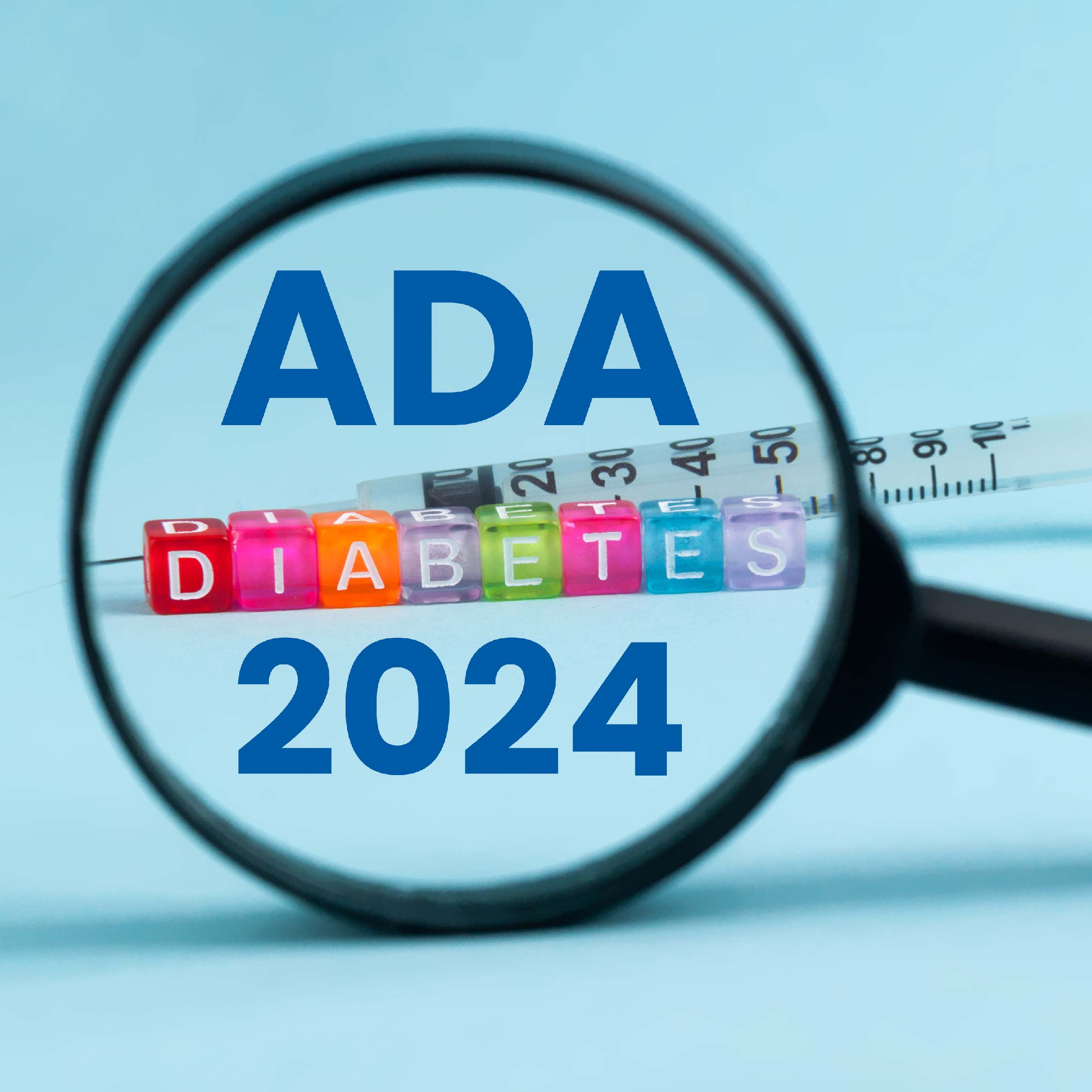During the process of aging, loss of skeletal muscle atrophy and abdominal obesity are frequently observed to be concurrent occurrences. The current study was conducted to evaluate the combined impact of low skeletal muscle mass and abdominal obesity on incidence of cardiovascular events.
In 2013–2014, 1330 community members, aged 50-80 years (including 582 males and 748 postmenopausal women) were recruited. They were followed-up in 2021–2022 via phone call wherein their cardiovascular events were recorded, which were then validated using medical records. Bioelectrical impedance analysis was used to measure skeletal muscle mass, which was then translated to skeletal muscle index (SMI) that was body weight-adjusted. SMI < 1SD of the sex-specific mean for a young reference group was defined as pre-sarcopenia. The visceral fat area (VFA) was measured using magnetic resonance imaging (MRI). Abdominal obesity was defined as VFA ≥ 80 cm2.
Participants were segregated into 4 groups: normal, pre-sarcopenia alone, abdominal obesity alone and pre-sarcopenic obesity alone.
Abdominal obesity and pre-sarcopenia prevalence was found to be 56.5% and 15.9% respectively. In the course of follow-up for an average of 7.6 years, 139 individuals (10.5%) experienced cardiovascular events. A positive association was observed between VFA and the risk of cardiovascular events (adjusted HR 1.04, 95%CI 1.00-1.09); whereas SMI was found to have a negative association with cardiovascular events (adjusted HR 0.92, 95%CI 0.87-0.97). When compared with normal body composition, pre-sarcopenia alone and abdominal obesity, the risk of incident cardiovascular events was observed to be greatest with pre-sarcopenic obesity (adjusted HR 2.17, 95%CI 1.31-3.59).
Thus, the study showed that low skeletal muscle mass and abdominal obesity may cumulatively increase the risk of cardiovascular events.
1669-P: American Diabetes Association (ADA) 84th Scientific Sessions, 2024, 21- 24 June 2024, Orlando, Florida.



